Joshua Tree National Park: A First Time Visitor Guide
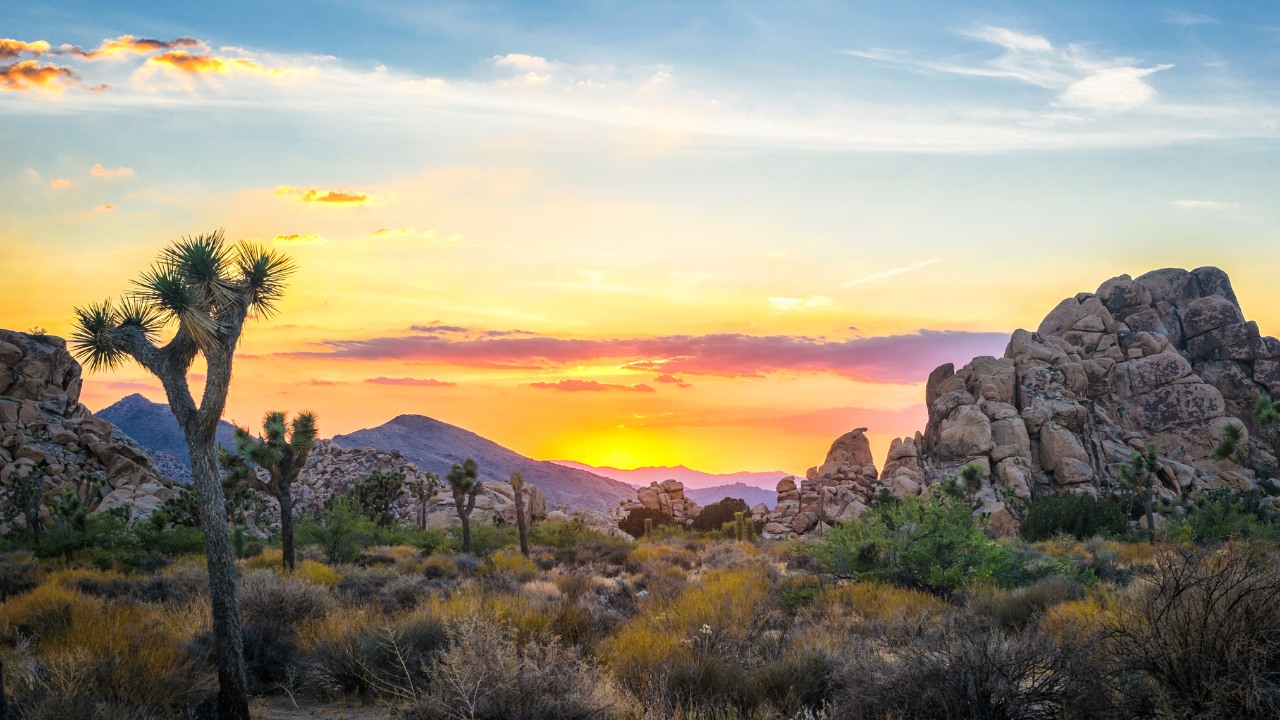
Rugged, surreal, and spiritually captivating, Joshua Tree National Park is where two desert ecosystems that being the Mojave and Colorado, collide. Famous for its iconic spiky Joshua trees, otherworldly boulder formations, and dark skies perfect for stargazing, this Southern California gem is a bucket list destination for adventurers and dreamers alike. Whether you’re into hiking, rock climbing, photography, or just want to experience a desert sunrise, Joshua Tree offers an unforgettable escape into the wild.
Overview
- Location: Southern California, between Palm Springs and Twentynine Palms
- Size: Over 790,000 acres
- Elevation: 536 ft (Colorado Desert) to 5,814 ft (Keys View)
- Entry Fee: $30 per vehicle (valid for 7 days) or free with the America the Beautiful Pass
Joshua Tree National Park is a land of contrasts, massive granite monoliths, cactus gardens, remote valleys, and ancient fan palm oases. It’s both a playground for outdoor lovers and a quiet refuge for those looking to disconnect.
Photos
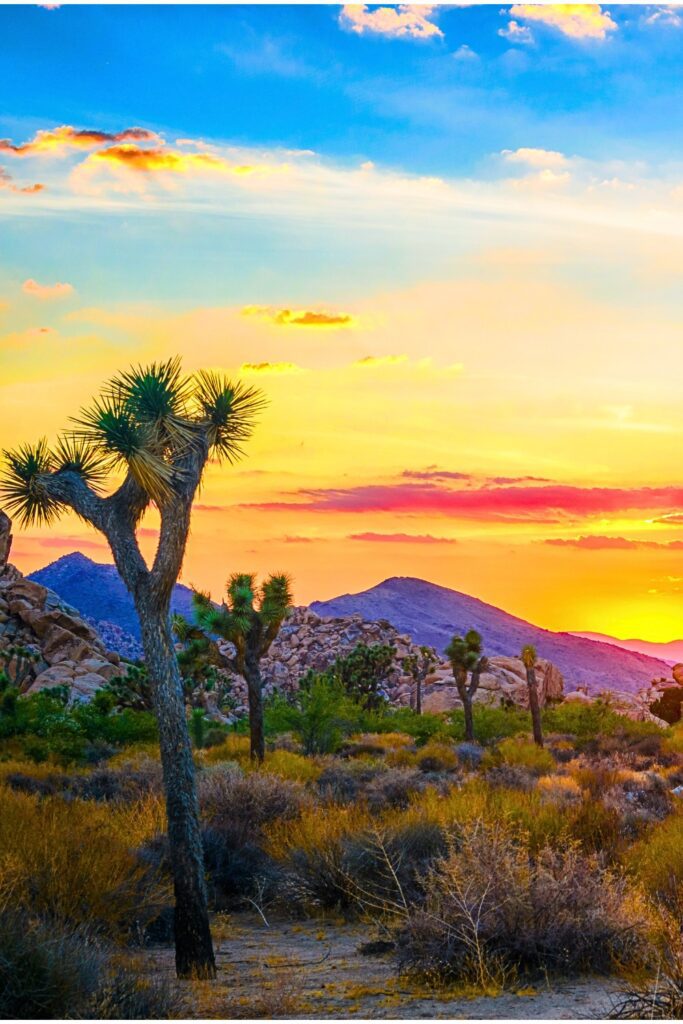

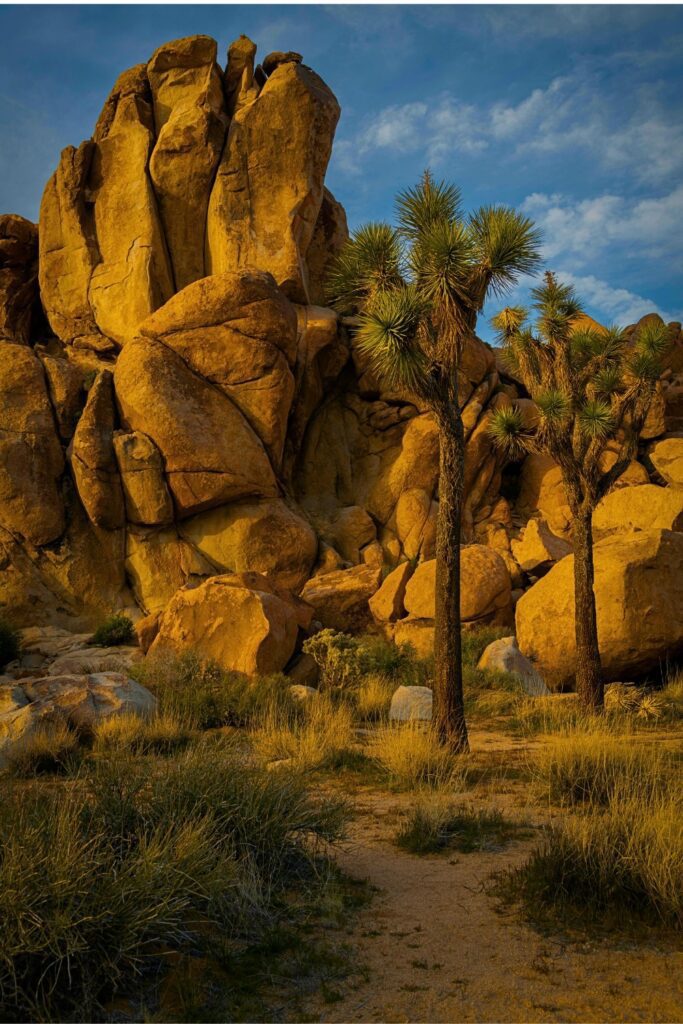
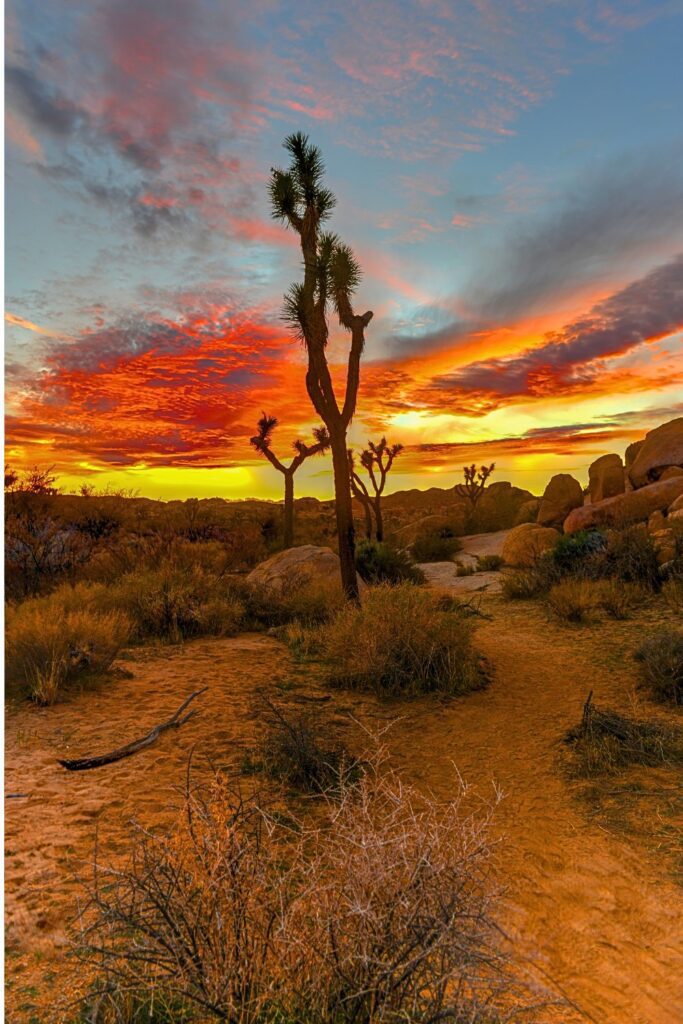
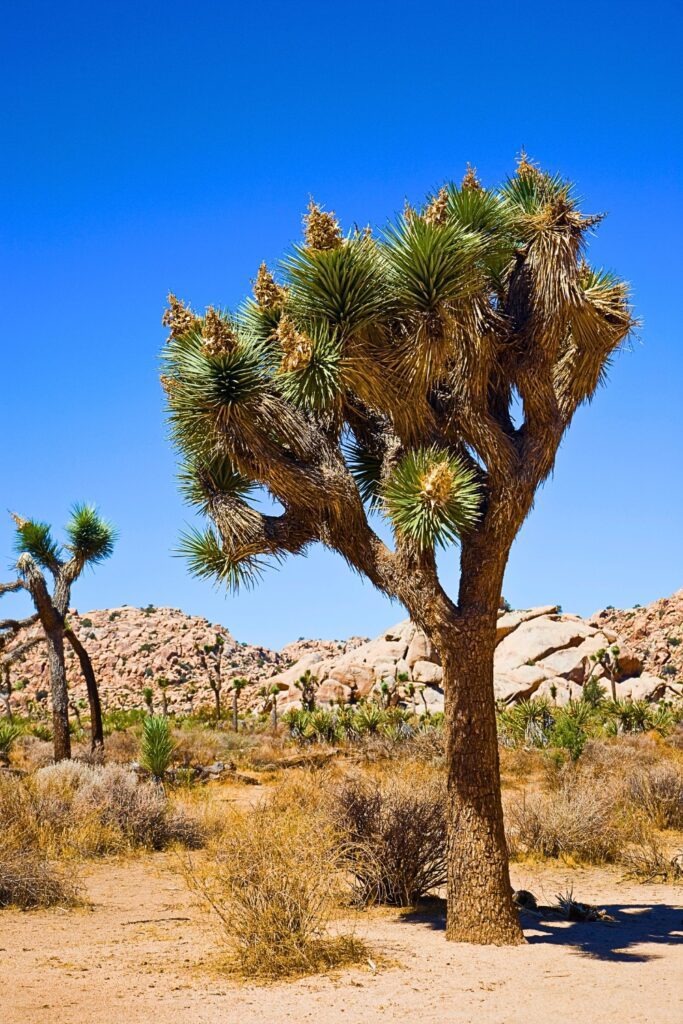

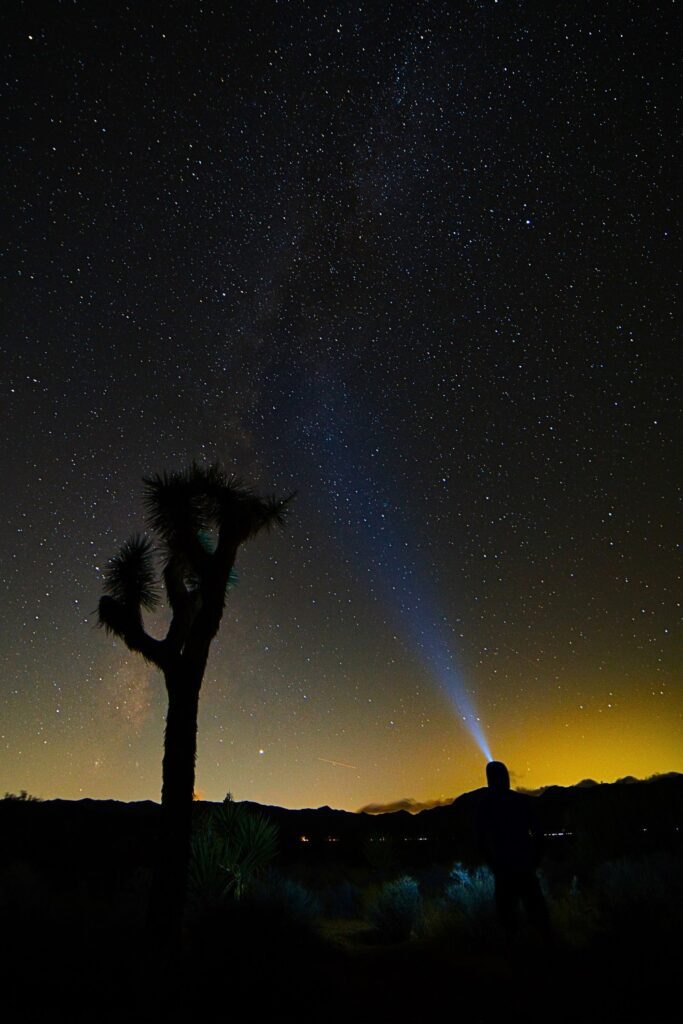
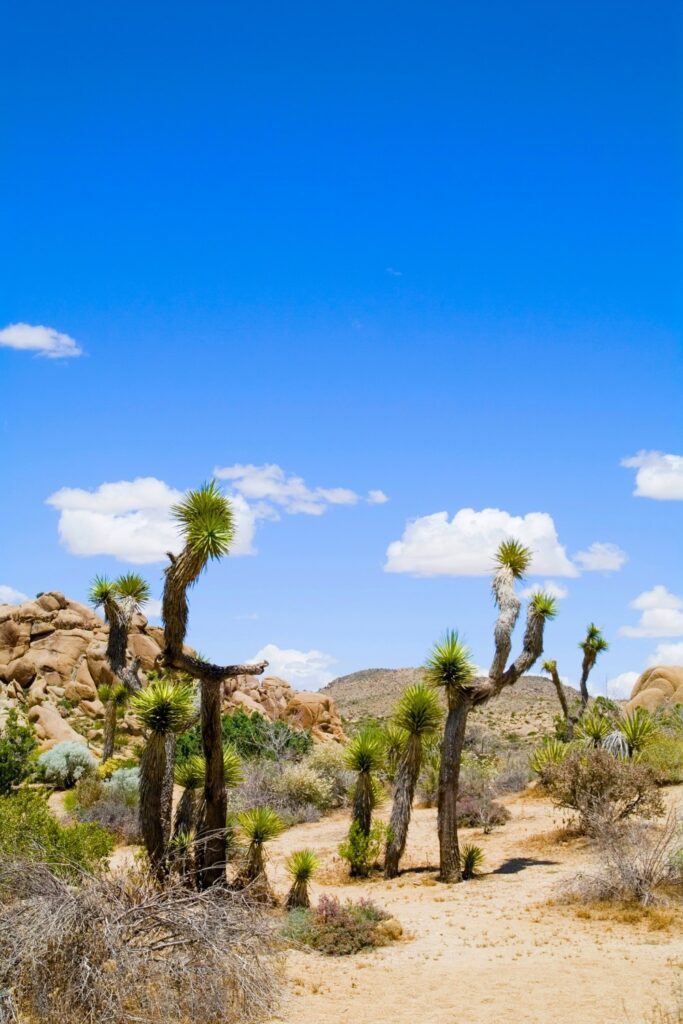
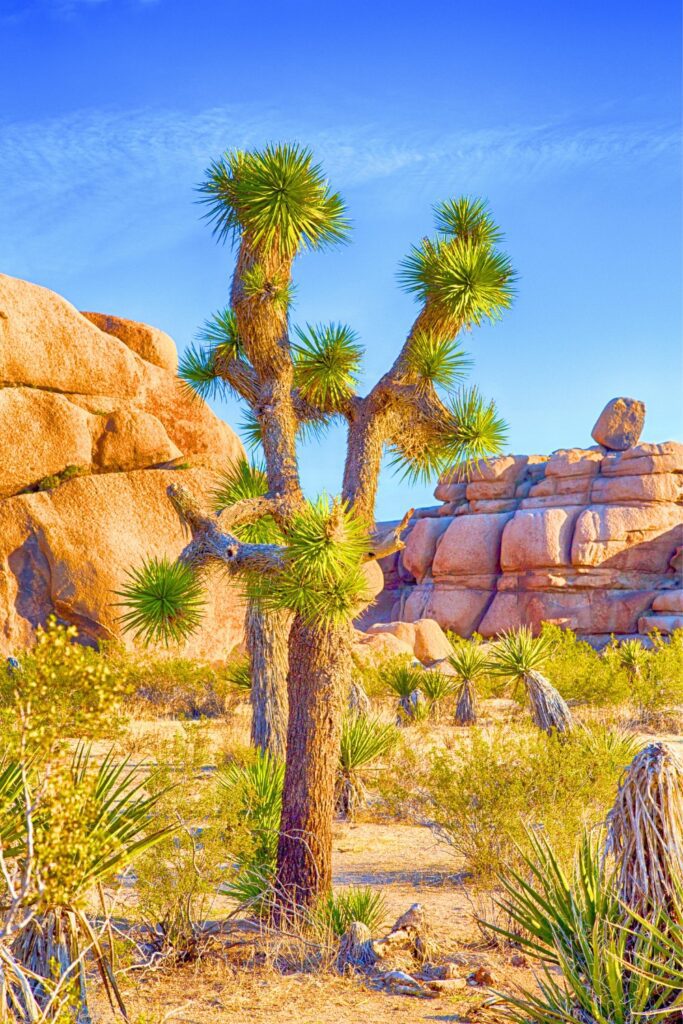
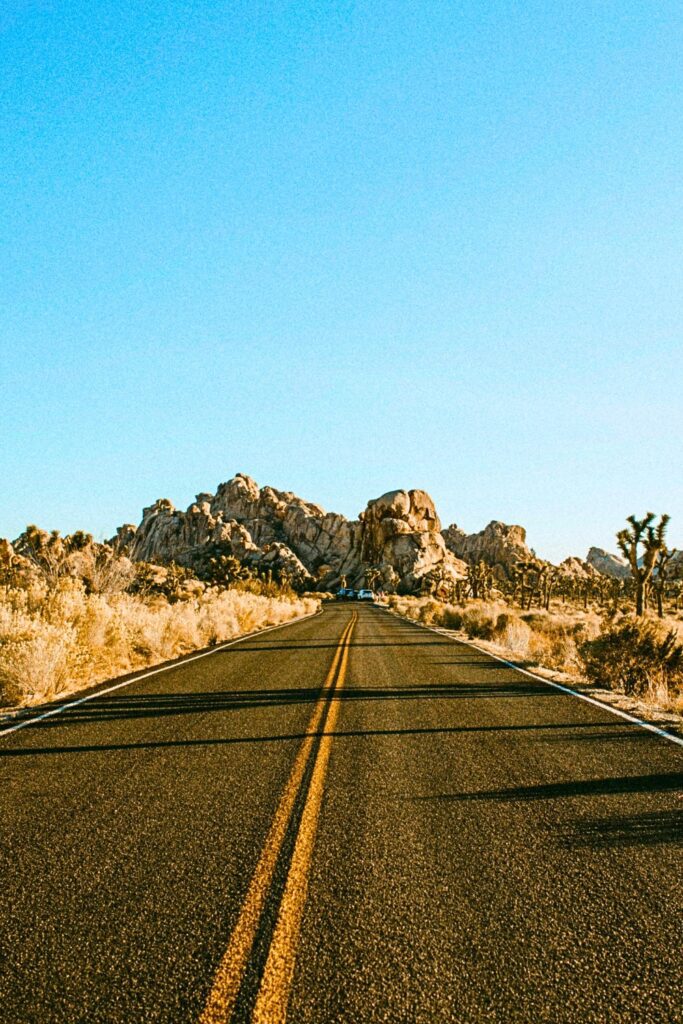
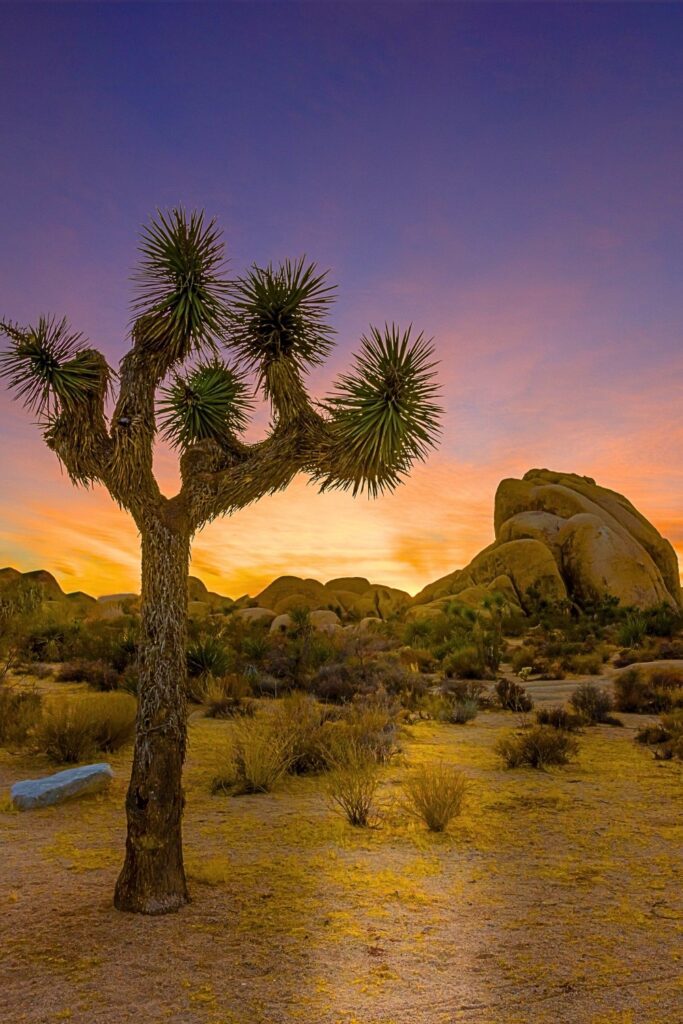
How to Get There
- From Los Angeles: 2.5 hours (140 miles) via I-10 East
- From San Diego: 3 hours via I-15 and CA-62
- From Las Vegas: 3.5–4 hours via I-15 South and CA-247
- Nearest Airports: Palm Springs International (PSP), Ontario International (ONT)
There are three main entrances:
- West Entrance (via Joshua Tree town)
- North Entrance (via Twentynine Palms)
- South Entrance (via I-10 near Cottonwood Spring)
Best Times to Visit
- Spring (March–May): Mild temperatures and wildflowers in bloom
- Fall (October–November): Pleasant weather and fewer crowds
- Winter (December–February): Cold nights, but great for hiking and stargazing
- Summer (June–September): Extremely hot, best avoided unless visiting at sunrise or sunset
10 Best Things to Do
The following attractions are top choices when visiting this park for the 1st time, but on top of that I’d recommend checking out this Tripadvisor page on Joshua Tree for top visitor recommendations:
- See the Joshua Trees – Best viewed along Park Boulevard
- Climb at Hidden Valley – A mecca for rock climbers
- Catch Sunset at Keys View – Panoramic desert vistas from 5,000+ ft
- Explore Skull Rock – A naturally eroded rock that looks like a skull
- Stroll Through Cholla Cactus Garden – Stunning at sunrise or sunset
- Visit Barker Dam – A historic dam with seasonal water and bighorn sheep sightings
- Tour the Keys Ranch – Learn about early pioneer life (seasonal ranger-led tours)
- Star Gaze in the Dark Sky – Among the best in the U.S. for stargazing
- Drive Geology Tour Road – Scenic 4WD route with interpretive stops
- Explore the Oasis of Mara – A peaceful fan palm oasis near the visitor center
Best Hikes (Beginner to Advanced)
Beginner-Friendly:
- Hidden Valley Trail (1 mile loop) – Short, scenic loop among giant boulders
- Barker Dam Trail (1.1 miles) – Historic dam and wildlife viewing
- Cap Rock Trail (0.4 miles) – Flat loop ideal for all skill levels
Intermediate:
- Ryan Mountain (3 miles round trip) – Panoramic summit hike, 1,000+ ft elevation gain
- Fortynine Palms Oasis (3 miles) – A hidden palm oasis with rewarding views
Advanced:
- Lost Horse Mine Loop (6.7 miles) – Historic gold mine and scenic desert terrain
- Boy Scout Trail (8 miles one-way) – Great for backpacking or a long day hike
5 Hidden Gems
- Pine City Trail – Less crowded, rocky canyon hike with old mining sites
- Samuelson’s Rocks – Mysterious stone engravings from a Swedish homesteader
- Stubbe Springs Loop – Quiet hike with desert solitude and fan palm oases
- Arch Rock Nature Trail (0.5 miles) – Short trail to a natural stone arch, stunning at night
- Wall Street Mill – Historic mill with abandoned cars and artifacts
One Day to 5 Day Sample Itinerary
Day 1:
- Enter via West Entrance
- Hidden Valley hike
- Visit Skull Rock and Cap Rock
- Sunset at Keys View
Day 2:
- Early hike to Ryan Mountain
- Explore Cholla Cactus Garden
- Stargazing at Arch Rock
Day 3:
- Morning at Barker Dam
- Drive Geology Tour Road (if 4WD)
- Lunch in Joshua Tree town
- Tour Keys Ranch (reserve in advance)
Day 4:
- Hike to Fortynine Palms Oasis
- Explore Twentynine Palms
- Photography walk at Pine City Trail
Day 5:
- Relax with a sunrise at Cottonwood Spring
- Explore nearby art installations like Noah Purifoy’s Outdoor Desert Art Museum
Packing List
The following items are ideal to bring to Joshua Tree and you can get most of them on my Amazon gear Store:
- Reusable water bottles or hydration pack (1–2 gallons per person per day)
- Sunscreen, hat, and sunglasses
- Sturdy hiking shoes
- Lightweight layers (hot days, cool nights)
- Flashlight or headlamp for night hikes
- Camera or smartphone for photography
- Trail snacks and lunch supplies
- Park map and compass (cell signal is limited)
- America the Beautiful Pass (if visiting multiple parks)
- Lightweight blanket for stargazing
Where to Stay
- Camping (inside the park): Camping spots in Joshua Tree
- Lodging/hotels: Nearest hotels to Joshua Tree
Things to Know Before You Go
- Cell service is limited – Download maps offline
- No food or gas in the park – Stock up in town beforehand
- Leave no trace – Pack it in, pack it out
- Temperature swings are dramatic – Plan accordingly
- Desert wildlife – Watch for snakes, scorpions, and coyotes
- Permits – Needed for backcountry camping and commercial photography
- Park is open year-round – But summer heat is dangerous
- Passes – Either a day pass ($35) or America the Beautiful Pass is required for entry
Related
Final Thoughts
Visiting Joshua Tree National Park for the first time is a soul-refreshing experience filled with surreal landscapes, desert stillness, and endless adventure, at least that’s how I felt the 1st time I went here. Whether you’re hiking to a hidden oasis, climbing a rugged boulder, or lying under a blanket of stars, you’ll find something in Joshua Tree that stays with you long after you’ve left. Plan thoughtfully, tread lightly, and let the desert magic unfold.
